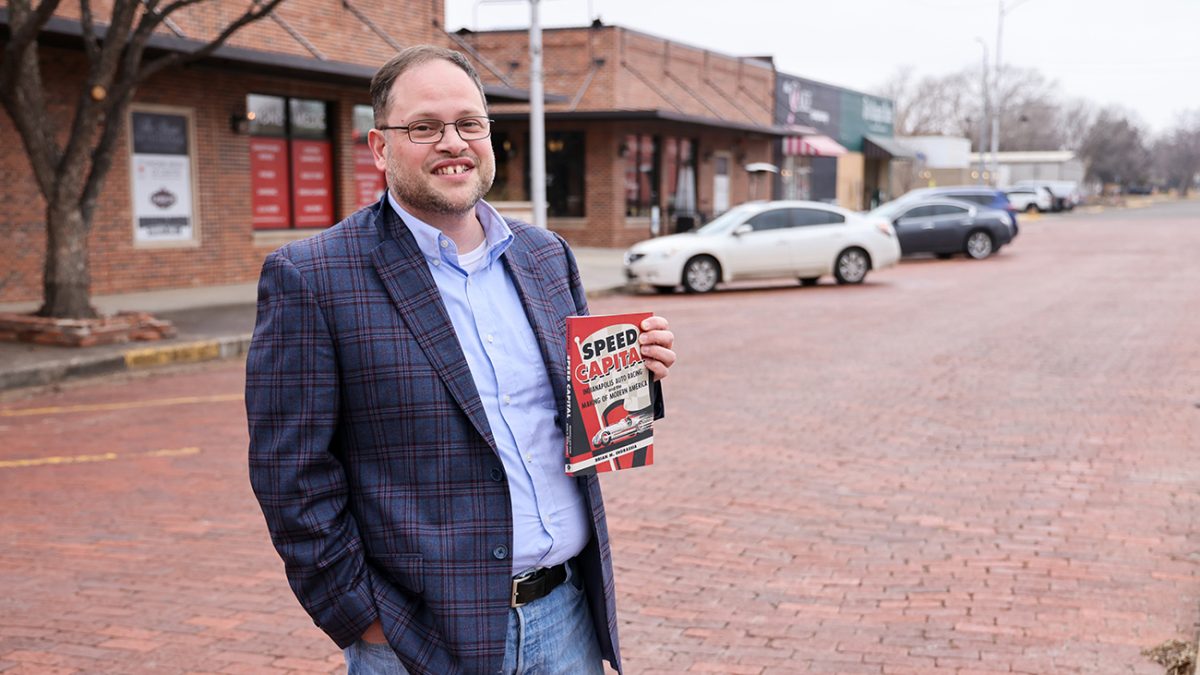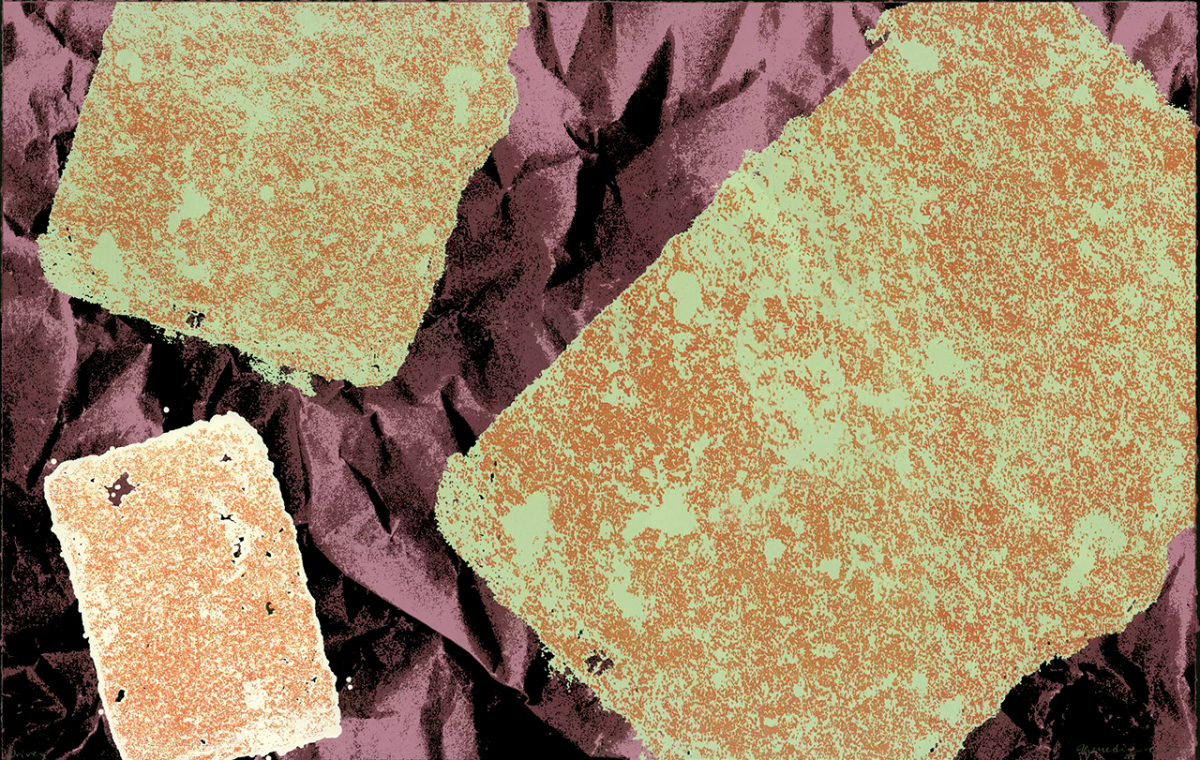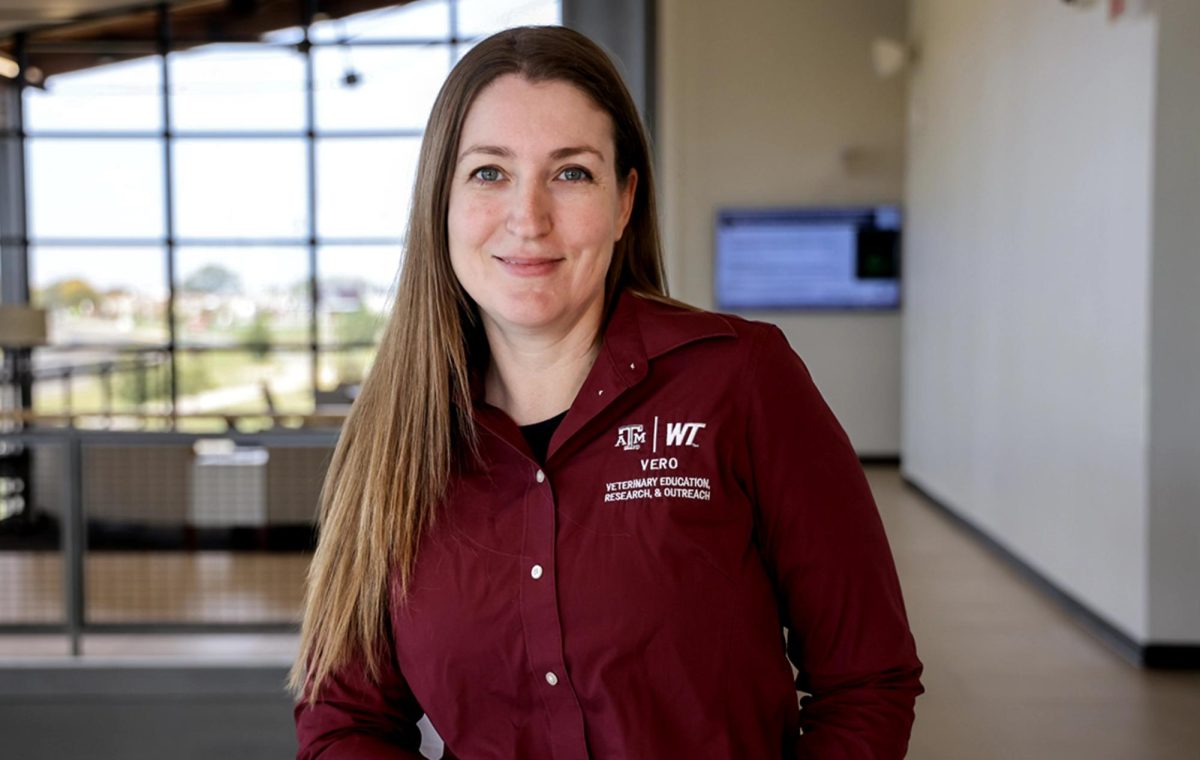CANYON, Texas — A new book by a West Texas A&M University history professor argues that the building of the world’s most famous racetrack also hit the accelerator for America’s love of cars.
In “Speed Capital: Indianapolis Auto Racing and the Making of Modern America,” available Feb. 6 from the University of Illinois Press, Dr. Brian M. Ingrassia traces the origins of the Indianapolis Motor Speedway and connects its rise to the growth of the United States’ automobile culture.
“Speedway cofounder Carl Graham Fisher made his fortune off making headlights, and he took that money and taught us how to consume cars,” said Ingrassia, WT associate professor of history. “Not just to buy them, but how to enjoy them and how to use them.”
The Speedway opened in 1909, and after a bumpy opening weekend, it was a quick success.
“As far back as its opening year, people would drive from Chicago—then, about a two-day drive—to watch a seven-hour race,” Ingrassia said.
Its popularity exploded after World War I and in the 1920s, the so-called Golden Age of American Sports. The Speedway also helped advance both automobile and paving technologies.
“When it opened, they paved the track with tarmac, but that was incredibly dangerous,” Ingrassia said. “Soon, they paved the track with 3.2 million bricks, which at the time was state of the art and much safer.”
The track’s bricks were so popular that some cities across the country adopted them for their own streets—including Amarillo.
“They put down the bricks at Indianapolis in October 1909, and six months later, Amarillo authorized a $50,000 bond to repave its streets. We can’t be sure of the connection, but the timing is meaningful and we know that highway and street engineers were looking at the Speedway and recommending bricks for pavement,” Ingrassia said.
Ingrassia began his research in 2007 and, since his arrival at WT, enjoyed the support of research grants from the Sybil B. Harrington College of Fine Arts and Humanities and the WTAMU Foundation.
Fisher—who also was instrumental in the building of the transcontinental Lincoln Highway and the iconic Dixie Highway, as well as the development of Miami Beach—is a pivotal figure throughout Ingrassia’s book. The historian also examines sports capitalism, urban planning and transportation infrastructure.
“‘Speed Capital’ is a fabulous history of the Indianapolis Motor Speedway,” writes Annie Gilbert Coleman, a professor at the University of Notre Dame and author of “Ski Style: Sport and Culture in the Rockies.” “Ingrassia peels back layers of asphalt, meaning and memory to reveal the significance of the city and its brick track to American technology, transportation, sport and spectacle.”
Ingrassia joined WT’s Department of History in the Sybil B. Harrington College of Fine Arts and Humanities in 2015. He earned his bachelor of arts in history from Eureka College and both his master’s and Ph.D. in history from the University of Illinois at Urbana-Champaign. He specializes in modern American history and has taught upper-level courses in sport history, historical methods and 19th-century America.
In 2012, he published “The Rise of Gridiron University: Higher Education’s Uneasy Alliance with Big-Time Football” (University Press of Kansas), which won a book award from the North American Society for Sport History.
“Speed Capital,” available in hardcover, paperback and ebook formats, is a volume in the series “Sport and Society,” edited by Aram Goudsouzian and Jaime Schultz.
As a Regional Research University, support of excellence in research and scholarship is a key maxim of the University’s long-range plan, WT 125: From the Panhandle to the World.
That plan is fueled by the historic One West comprehensive fundraising campaign, which reached its initial $125 million goal 18 months after publicly launching in September 2021. The campaign’s new goal is to reach $175 million by 2025; currently, it has raised more than $150 million.









